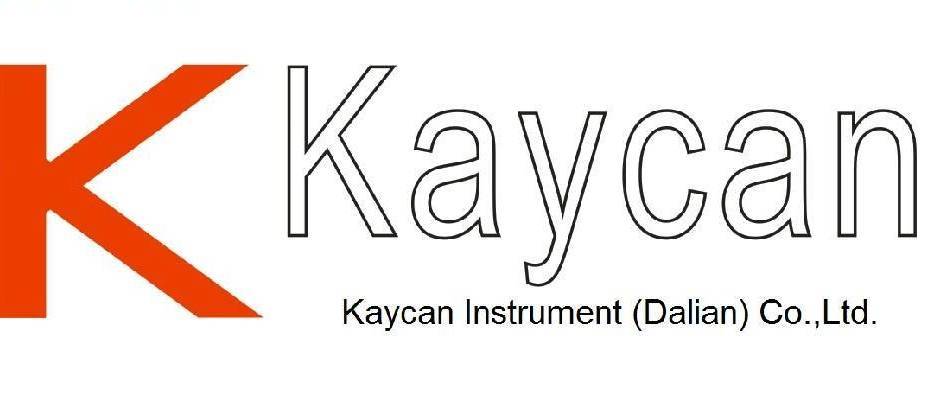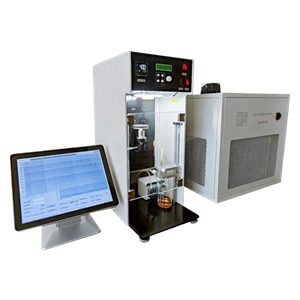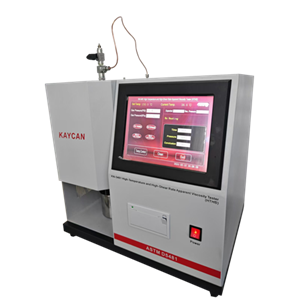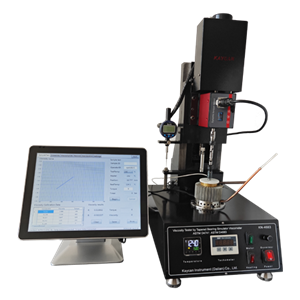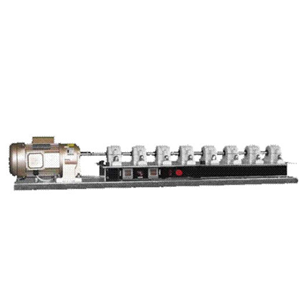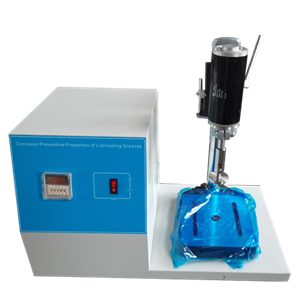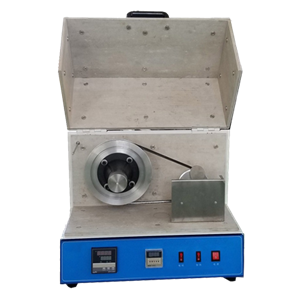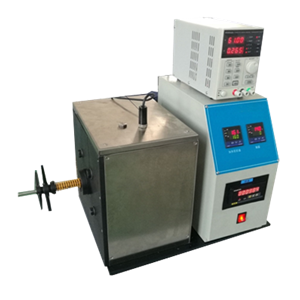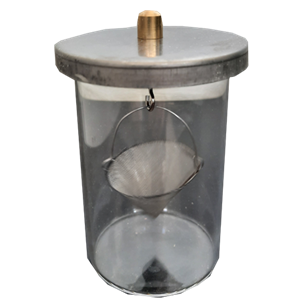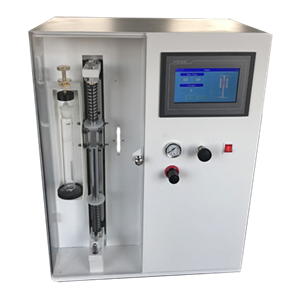-
ASTM D6138 Corrosion Preventive Properties Of Lubricating Greases
New, cleaned, and lubricated bearings are tested partially immersed in water (distilled, synthetic sea water, or sodium chloride solution) under no applied load at a speed of 83 6 5 rpm in a predetermined sequence of running and stopping for a period of approximately one week. After cleaning, the bearing rings are examined and rated according to the degree of corrosion
Send Email Details -
ASTM D1743 Corrosion Preventive Properties Of Lubricating Greases
New, cleaned, and lubricated bearings are run under a light thrust load for 60 6 3 s to distribute the lubricant in a pattern that might be found in service. The bearings are exposed to water, then stored for 48 6 0.5 h at 52 6 1°C (125 6 2°F) and 100 % relative humidity. After cleaning, the bearing cups are examined for evidence of corrosion
Send Email Details -
ASTM D1263 Leakage Tendencies Of Automotive Wheel Bearing Greases
The test method provides a screening device that permits differentiation among products having distinctly different leakage characteristics. It is not the equivalent oflongtime service tests, nor is it intended to distinguish between wheel bearing greases showing similar or borderline leakage
Send Email Details -
ASTM D4290 Leakage Tendencies Of Automotive Wheel Bearing Grease
This apparatus differentiates among wheel bearing greases having distinctly different high-temperature leakage characteristics. It is not the equivalent of longtime service tests
Send Email Details -
Hot
ASTM D2265 High Temperature Dropping Point Apparatus
The dropping point is useful to assist in identifying the grease as to type and for establishing and maintaining bench marks for quality control. The results are to be considered to have only limited significance with respect to service performance because dropping point is a static test.
Send Email Details -
ASTM D6184 Oil Separation from Lubricating Grease (Conical Sieve Method)
When a lubricating grease separates oil, the residual material changes in consistency, which can affect the ability of the product to function as designed. Test results obtained with this procedure are intended to correlate with oil separation that occurs in 35-lb pails of grease during storage. They are not intended to predict oil separation tendencies of grease under dynamic service conditions
Send Email Details -
ASTM D1404 Deleterious Particles In Lubricating Grease
The significance of the number of scratches as far as correlation with field performance is concerned has not been established. A particle which is abrasive to plastic will not necessarily be abrasive to steel or other bearing materials. Some correlation was obtained in that the contaminant used in Sample 3 had a greater wear rate in a laboratory ball bearing abrasive wear test than the contaminant in Sample 2.
Send Email Details -
ASTM D1094 Automatic Water Reaction Of Aviation Fuels
A sample of the fuel is shaken, using a standardized technique, at room temperature with a phosphate buffer solution in scrupulously cleaned glassware. The cleanliness of the glass cylinder is tested. The change in volume of the aqueous layer and the appearance of the interface are taken as the water reaction of the fuel.
Send Email Details
